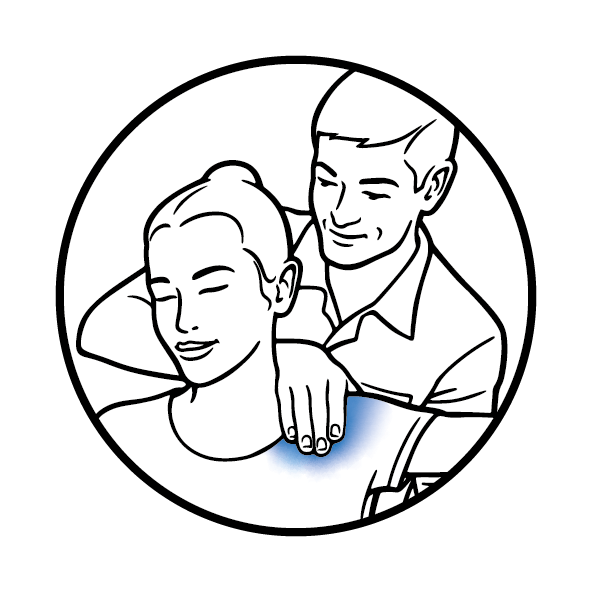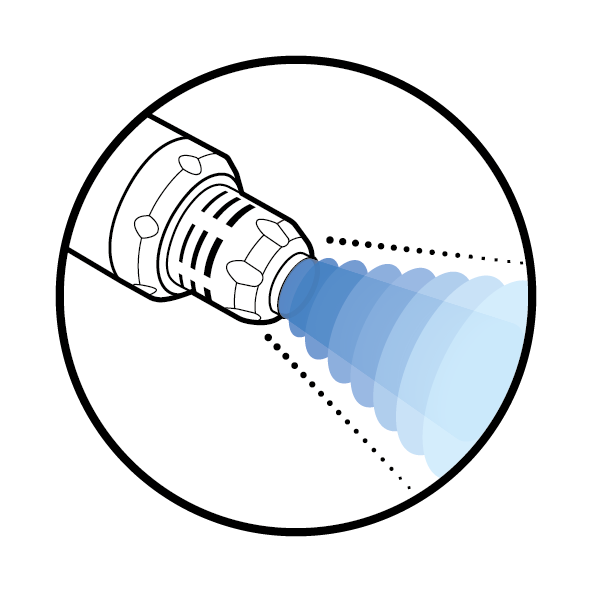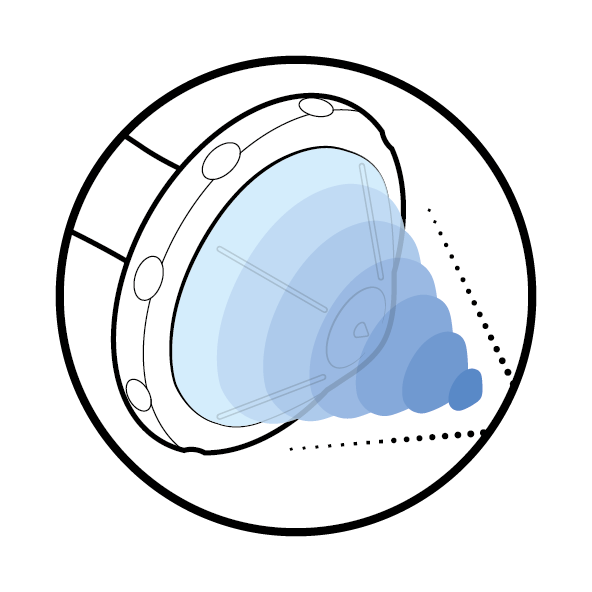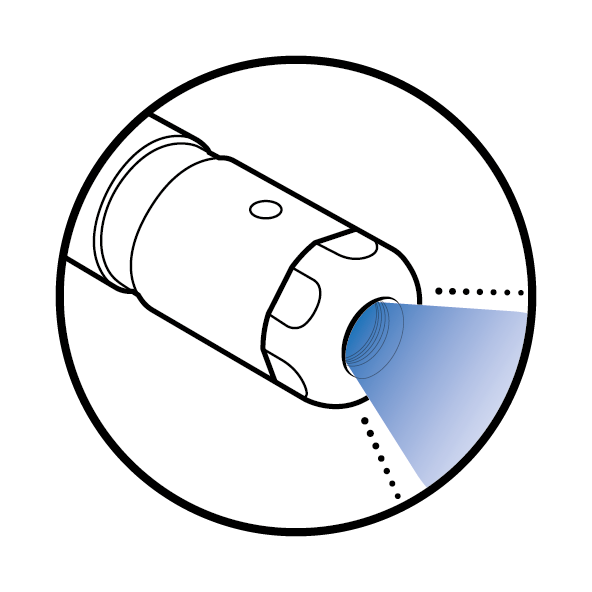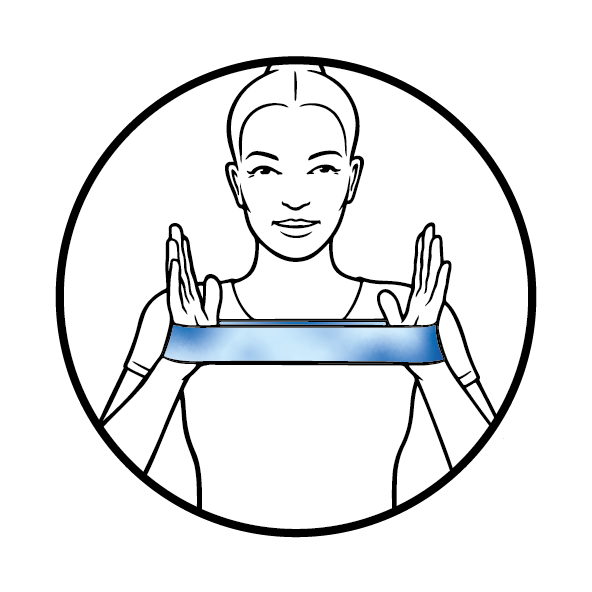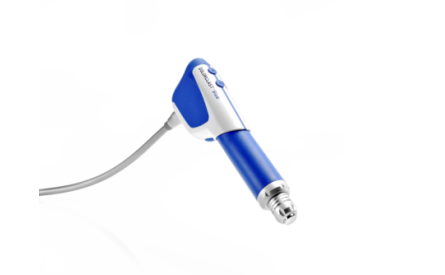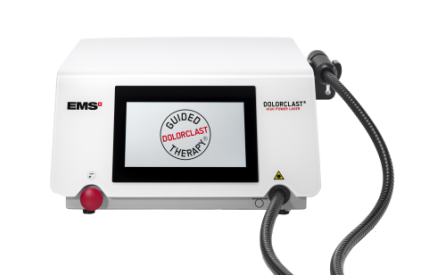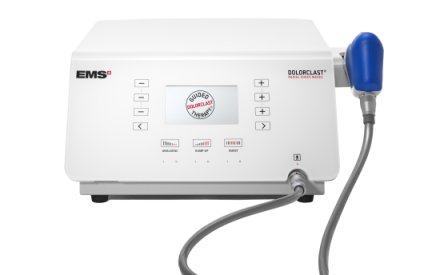Vous êtes ici
01 - Évaluation initiale
SEE ALL
CHAPTERS
Évaluation initiale
Diagnosis of knee osteoarthritis
Diagnosis can be set after a thorough clinical examination and confirmed by imaging. Clinical findings with patients suffering from knee osteoarthritis can include complaints of restricted knee function, pain increase with activity, stiffness (especially morning stiffness), decreased range of movement, and knee swelling. Other symptoms may include crepitus and pain and stiffening occurring after prolonged resting. The condition negatively affects mental health and overall quality of life.
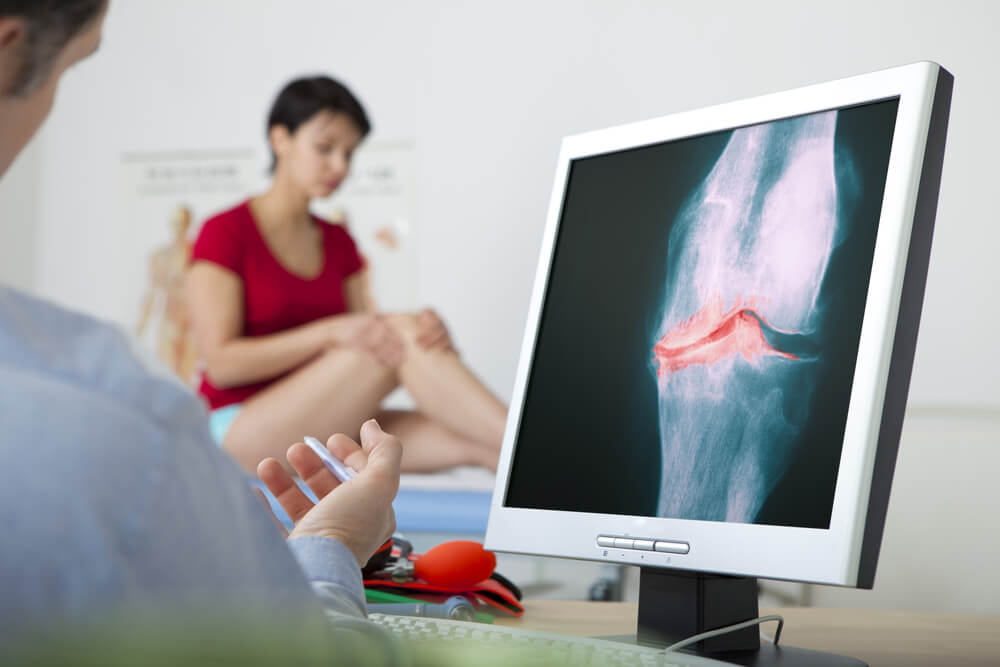
Pain characteristics and chronicity can suggest the stage of knee osteoarthritis:
Stage 1: pain is sharp and occasional but does not affect daily activities significantly
Stage 2: pain becomes constant, affecting daily activities; stiffness starts to occur
Stage 3: constant, dull pain with unpredictable episodes of exacerbation; daily activities are seriously affected
What should you be looking for to diagnose knee osteoarthritis?
Le diagnostic de l'arthrose du genou repose en grande partie sur l'examen clinique. Lorsque vous examinez le membre affecté, recherchez les éléments suivants :
- Sensibilité autour de la ligne articulaire
- Une amplitude de mouvement réduite
- Déformation et gonflement de l'articulation
- Instabilité (lors de la mise en charge).
Imaging for knee osteoarthritis
X-ray is the reference to confirm the diagnosis of knee osteoarthritis and grade its severity. Ultrasound and MRI may also be used.
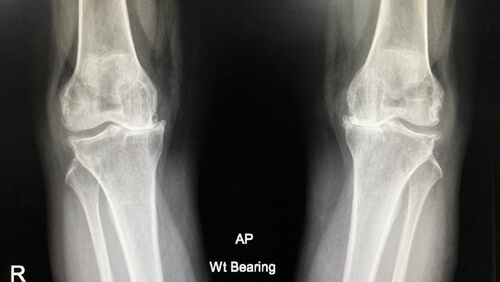
Treatment of knee osteoarthritis
Treatment of knee osteoarthritis can include both pharmaceutical and non-pharmaceutical methods such as the Guided DolorClast® Therapy. When choosing appropriate treatment, you should consider the patient’s comorbidities, including CVDs (cardiovascular diseases), gastrointestinal bleeding risk, and renal capacity.
A holistic approach is crucial, as only by taking into account all factors is it possible to obtain satisfactory and long-lasting outcomes. Talking to your patient about their awareness of the disease and resolving any doubts makes them more inclined to follow the complete treatment regimen and ensure satisfactory treatment results.
What causes pain in the course of knee osteoarthritis?
La douleur peut avoir des origines multiples, comme une contrainte mécanique, la dégénérescence des tissus, une inflammation et un œdème. La tendance est souvent de traiter le symptôme dominant, dans ce cas la douleur, mais pas sa cause. Avec des solutions rapides comme les analgésiques, l'inflammation sous-jacente peut être négligée. Bien que le patient puisse être satisfait de la disparition de la douleur, celle-ci peut causer davantage de dommages en raison du stress appliqué à la blessure passée sous silence. La thérapie par ondes de choc radiales, comparée à d'autres approches, réduit efficacement la douleur et l'inflammation, sans effets secondaires.

